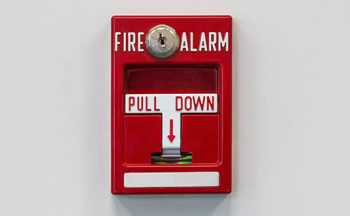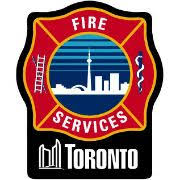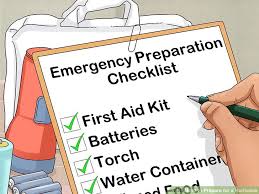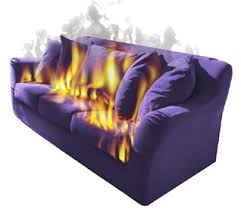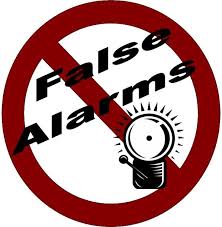 November 2019
November 2019
False fire alarms, a noisy and disruptive inconvenience in some high-rise communities, are an indication of unresolved problems.
The fire alarm is intended to warn of a fire emergency. The audible alarm notifies building residents while a silent alarm notifies emergency services. When the alarm is false, meaning no fire, smoke or other emergency, it suggests other problems.
- “Nuisance False Alarms” can be triggered by an electrical or mechanical failure, renovation dust, equipment malfunction, or improper installation of the fire alarm system. Equipment malfunctions can result from lack of or improper maintenance to aging systems, leaking sprinkler system or dirty smoke detector.
- “Malicious False Alarms” are caused by vandalism or other negligent or intentional misuse of the fire alarm system resulting in activation. It can include deliberate acts such as activating the pull station without just cause or exiting through an alarm door.
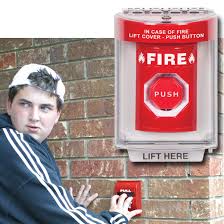 Unless a fire alarm has been triggered by fire or smoke, or an isolated event or unique situation, it is a sign something is wrong and action should be taken.
Unless a fire alarm has been triggered by fire or smoke, or an isolated event or unique situation, it is a sign something is wrong and action should be taken.
When a false fire alarm is triggered there are direct implications. Firefighters are unavailable to respond to real emergencies. Residents subject to frequent alarms may treat them as a nuisance rather than indication of a real emergency. Buildings with alarms resulting from improper maintenance may be viewed as unsafe. Regardless of fact, these perceptions are undesirable for any community.
Building residents learn to ignore alarms when most are false alarms. This leads to complacency as residents may be less likely to follow fire safety measures during a real alarm.
If the fire department arrives and finds no fire or emergency, and the incident is deemed a “Nuisance” or “Malicious” false alarm, Toronto Fire Services charge the condo corporation a user fee of $1,431 for every false alarm incident responded to.
The City provides a reimbursement program intended to ensure property owners maintain their fire alarm systems in good working order and take corrective actions as necessary. Any owner who incurs expenses to correct a problem subsequent to a nuisance or malicious false alarm may apply for reimbursement. This does not include regular maintenance, repairs resulting from annual inspection deficiencies, or a security patrol. Any request for reimbursement must relate to the building address where the incident occurred, and repairs must be incident-related. The reimbursement amount is based on a maximum of 90 percent of the false alarm fee or costs incurred for repairs/installation, whichever is less.
Learn about Fire Safety
Have a Toronto Fire Services Public Educator visit your school, educational group, community group, business or resident association in the City of Toronto to share information about fire Prevention, Detection and Escape.
For details regarding this free service, contact Toronto Fire Services Public Education Section at tfsPubEd@toronto.ca or 416-338-9375.
Fire alarm companies offer training on equipment they provide or maintain to corporation employees. Comprehensive training includes fire drills and sprinkler maintenance. A Fire Safety Plan is required by the Ontario Fire Code for any residential building with more than ten residents. The Fire Safety Plan is designed to provide safety for residents in the event of fire, to effectively use the fire safety features of the building and to minimize the possibility of fires. The plan will provide information for residents about what to do in the event of a fire, and other related issues. It is advisable to provide this plan to residents when they move into a building, post online and redistribute annually. Periodic meetings on what to do when a fire alarm rings should be provided. These communications all provide an opportunity to explain the costs of a false fire alarm.
Prepare today. The next alarm may not be a false alarm.
Thank you to Toronto Fire Services for their assistance in the preparation of this article.


